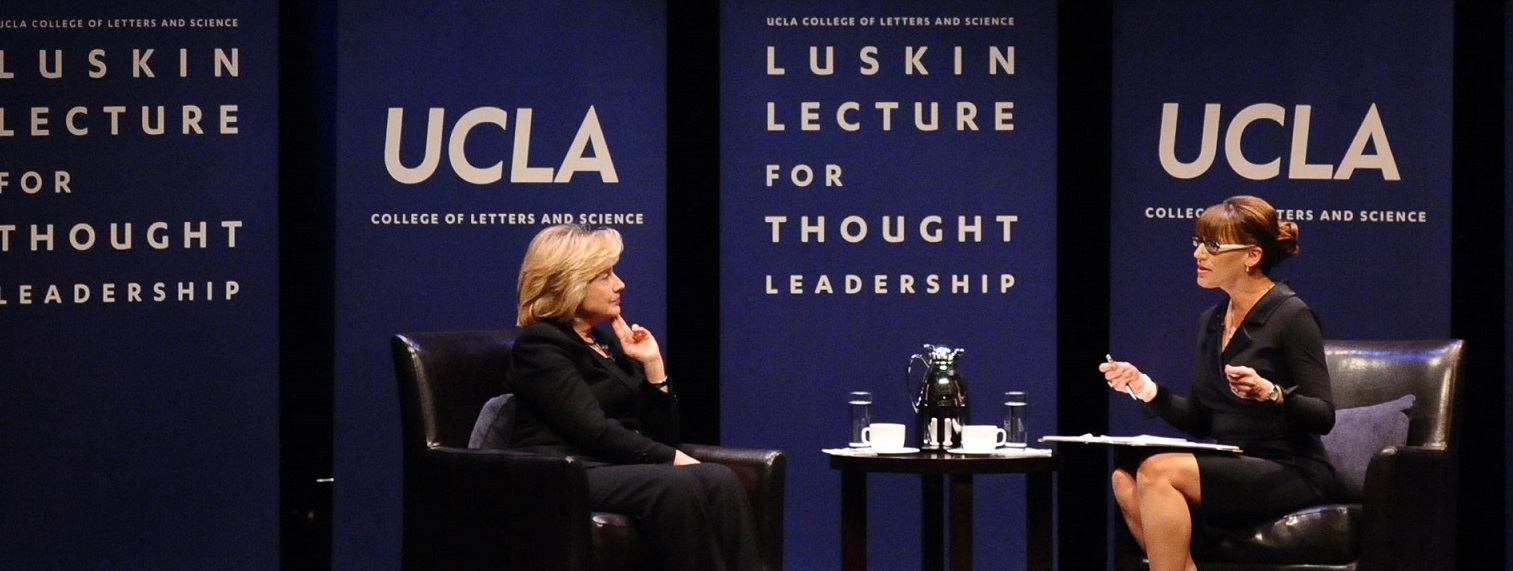Five years after its destruction, the ancient Temple of Bel in Palmyra, Syria has been digitally reconstructed by the UC San Diego Library’s Digital Media Lab using cutting-edge 3D methods and artificial intelligence applications.
叙利亚帕尔米拉的古代贝尔神庙(the ancient Temple of Bel in Palmyra, Syria)在被摧毁5年后,美国加州大学圣地亚哥图书馆(UC San Diego Library)的数字媒体实验室使用了最先进的3D方法和人工智能应用软件,对其进行了数字化重建。

Inspired by a past collaboration between the library and UC San Diego’s Levantine Archaeology Laboratory, this project has resulted in the digital preservation of more than a dozen lost reliefs, sculptures, frescos and paintings, all made publicly available on the library’s Digital Collections website.
受图书馆和圣地亚哥分校(UC San Diego)黎凡特考古实验室(Levantine Archaeology Laboratory)合作的启发,这个项目导致了十几件遗失的浮雕、雕塑、壁画和绘画被数字化保存,所有这些都在图书馆的数字馆藏网站上公开。
Destroyed in 2015 during the Syrian civil war, the Temple of Bel has been called the most important temple in the entire Middle East (along with Lebanon’s Baalbek) and served as one of the best-preserved examples of ancient art and architecture, attracting more than 150,000 tourists annually. Through the use of more than 3,000 publicly available digital photographs taken over the course of a decade, the library has successfully recreated the structure using Pointcloud, an online viewing platform.
贝尔神庙在2015年叙利亚内战期间被毁,它被称为整个中东地区(以及黎巴嫩的巴勒贝克)最重要的寺庙,是保存最完好的古代艺术和建筑的代表之一,每年吸引超过15万名游客。通过使用3000多张公开的、在十年间拍摄的数字照片,图书馆已经成功地利用在线观看平台Pointcloud重建了这个结构。
“This project underscores the library’s commitment to engaging in collaborative efforts to better understand how the university can support emerging teaching and research formats,” said Roger Smith, interim associate university librarian for scholarly tools and methods at the UC San Diego Library. “It also allows the library to better plan for our role in acquiring, preserving and sharing scholarship while incorporating new media and data formats.”
“这个项目强调了图书馆参与合作的承诺,以更好地理解大学如何支持新兴教学和研究模式,”Roger Smith说,他是加州大学圣地亚哥图书馆临时副馆长负责学术工具和方法。“该项目还允许图书馆更好地规划我们在获取、保存和分享学术成果方面的角色,同时纳入新媒体和数据格式。”
The digital photographs used to create the virtual rendering of the Temple of Bel were sourced from open access repositories such as the #NEWPALMYRA project, the Roman Society, Oxford University, and many individual tourists, then populated into Pointcloud, which allows users to interactively explore the once massive temple compound. Additionally, artificial intelligence applications were used to isolate the temple’s important features from other elements that may have appeared in the images such as tourists, weather conditions, and foliage.
用于创建贝尔神庙的虚拟渲染图的数码照片来自于开放存取的资料库,如#NEWPALMYRA项目、罗马社会、牛津大学和许多个人游客,然后被输入到Pointcloud中,用户可以通过交互方式探索这个曾经庞大的神庙建筑群。此外,人工智能应用被用于将寺庙的重要特征与可能出现在图像中的其他元素(如游客、天气状况和树叶)分离开来。
“This new technology has allowed the Library to combine image data from many different sources,” said Scott McAvoy, manager of the library’s Digital Media Lab. “For example, a photo from a Polish tourist visiting in 2010 can be combined with a photo from a Japanese tourist visiting five years later to extract 3D features. These images have provided the basis for the reconstruction of this site — without them, we would not have been able to embark on or successfully complete this project.”
“这项新技术使该图书馆能够合并来自许多不同来源的图像数据,”图书馆的数字媒体实验室经理Scott McAvoy说道。“例如,一位2010年到访的波兰游客的照片可以与一位5年后到访的日本游客的照片相结合,从而提取出3D特征。这些图像为重建遗址提供了基础,没有它们,我们就不能开始或成功完成这个项目。”




